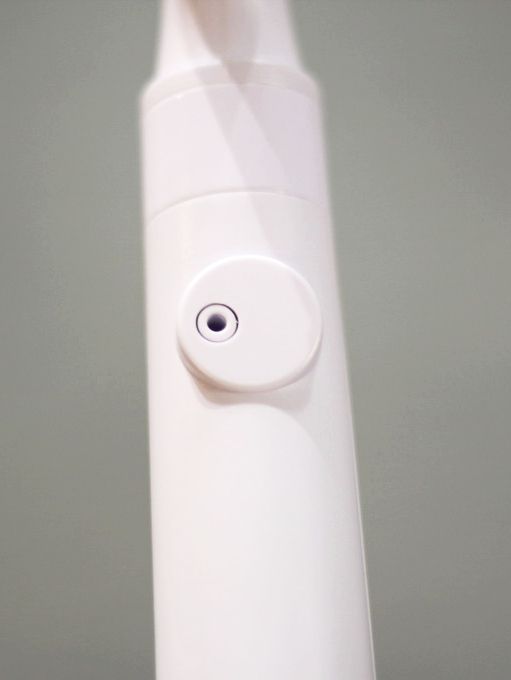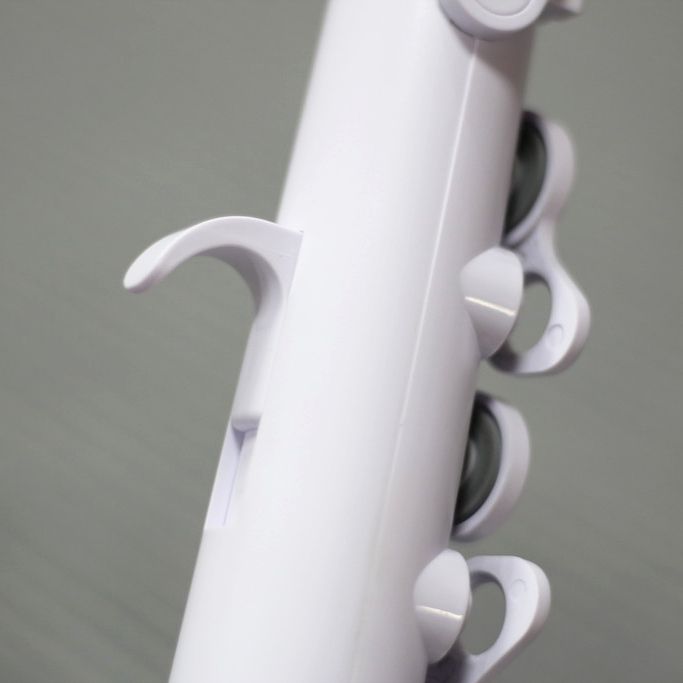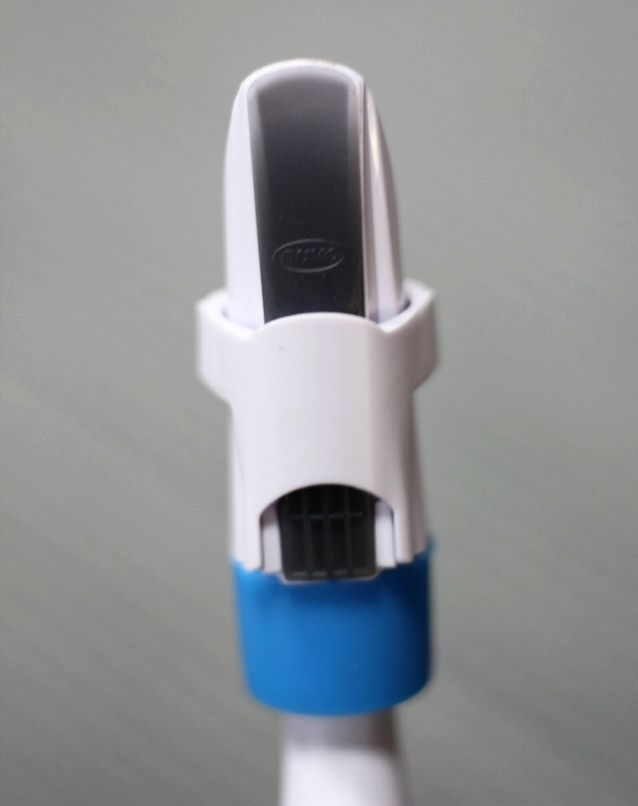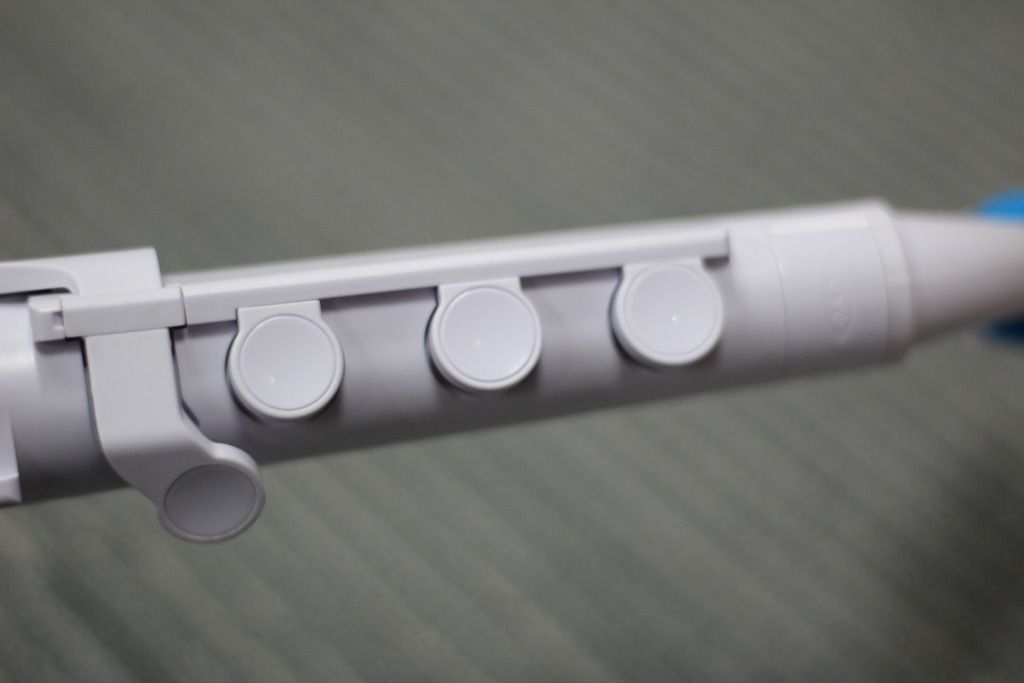-
Pianos
-
Guitars
-
Instruments
-
Music
- Services
- Help & Advice
-
Events
- Sat 21 June: Yamaha Piano Day
- Thu 26 June, 6:30 PM - Iwan Owen: Piano Recital
- Sat 5 July from 10:30 am - Let’s Play The Piano! Mini Meetups
- Fri 18 July, 6:30 PM - Matthew Lau
- Sat 26 July 2pm: Free Seminar: M.A.D. Music & Art Seminar for Piano and Theory Graded Exam Tips, Accompaniment and Duet
- Fri 8 August, 6:30PM: Charity fundraiser for Tearfund - Mick Blaylock plays melodies for a summer evening
- Sat 23 August, 11:00 AM - Penelope Roskell: Piano Technique from Elementary to Intermediate
- Past Events
- Pre 2023 Events
- Music Lessons
- Blog
Nuvo JSax
Nuvo JSax
The JSax is fairly new on the saxophone scene. Being a saxophone player myself, I know that you need to be a certain size before starting the full size saxophone, which can sometimes discourage small children from playing, as they have to wait until they are big enough to play. This makes the JSax is a great introductory instrument. To a child that is already playing recorder, the switch to the JSax minimizes to learning to press the keys rather than cover holes and learning the new embouchure. Pitched in C, it means that a child who is already learning recorder can pick it up and read the music they’re learning on recorder and play it on the JSax more or less straight away. They can also play together with other children easily, as they don’t have the problem of having to transpose, which they would have if they had a full size Alto saxophone.

Sound-wise, they are similar to that of a soprano saxophone. This may be surprising, as from such a small, toy-like looking instrument, you would not expect the sound to be what it can produce. The actual size is quite a bit smaller than the soprano sax, but it does adopt a similar tone. Pitch-wise, I expected it to be higher. After playing the Sopranino saxophone, when I first got this out of the box, I expected a shrill, high sound, but in fact, the sound is mellow and isn’t too displeasing to the ears.
The fingering is a cross between the standard recorder fingering and saxophone. This makes it a great in between instrument, when you’re not sure whether the saxophone is the right instrument for you. The JSax does come with a fingering chart, but if you’re familiar with recorder, it isn’t too tricky to pick up. On the back of the JSax, there is a little hole for the left hand thumb; this mimics the hole on the back of the recorder, as it controls which octave the JSax plays in.
 The thumb rest is adjustable, which means it is friendly to both small and large hands. It is relatively easy to manoeuvre, but it takes quite a bit of pressure to move it, therefore it would be suggested to be done by an adult. The fact that it doesn’t just move at the slightest touch means that when given to a child, they will not be tempted to mess with the thumb rest. Once you’ve found the best playing position for you, it doesn’t need to move again. Having 5 possible positions to the thumb rest is a good idea, but it is quite hard to get it to stop in all 5 positions. It is easier if you push the thumb rest all the way to the bottom position and then ease it upwards.
The thumb rest is adjustable, which means it is friendly to both small and large hands. It is relatively easy to manoeuvre, but it takes quite a bit of pressure to move it, therefore it would be suggested to be done by an adult. The fact that it doesn’t just move at the slightest touch means that when given to a child, they will not be tempted to mess with the thumb rest. Once you’ve found the best playing position for you, it doesn’t need to move again. Having 5 possible positions to the thumb rest is a good idea, but it is quite hard to get it to stop in all 5 positions. It is easier if you push the thumb rest all the way to the bottom position and then ease it upwards.
 The snap-shut ligature is an interesting idea and surprising easy to operate once you’ve got the hang of it. Simply pull it down and it will lock in the open position. You can then manoeuvre the reed until it’s in the right position and simply snap the ligature shut. The reed can still be adjusted when the ligature is in the closed position, which is a good thing, as the reed sometimes moves when the ligature is shutting. The synthetic reed works relatively well with the instrument and providing people with both a size 1.5 and 2 is a nice idea, as it gives you the option to progress onto the harder reed. Personally, I prefer cane reeds, so it’s good to have the option of using Eb clarinet reeds on the JSax. I can certainly see why it comes with synthetic reeds. If it is being bought for a child, it saves money for the parent, as they do not have to buy cane reeds every few weeks. We do also sell replacement sythetic reeds.
The snap-shut ligature is an interesting idea and surprising easy to operate once you’ve got the hang of it. Simply pull it down and it will lock in the open position. You can then manoeuvre the reed until it’s in the right position and simply snap the ligature shut. The reed can still be adjusted when the ligature is in the closed position, which is a good thing, as the reed sometimes moves when the ligature is shutting. The synthetic reed works relatively well with the instrument and providing people with both a size 1.5 and 2 is a nice idea, as it gives you the option to progress onto the harder reed. Personally, I prefer cane reeds, so it’s good to have the option of using Eb clarinet reeds on the JSax. I can certainly see why it comes with synthetic reeds. If it is being bought for a child, it saves money for the parent, as they do not have to buy cane reeds every few weeks. We do also sell replacement sythetic reeds.

The keys are simple and easily pressed down. It is obvious to even the young player where to put your fingers, which makes it easier to pick up and play.
 The training wheels on the bottom three keys of the JSax are great for small hands who can’t quite reach. The only downside to them is the reduction of some of the chromatic notes. With them on, you can no longer play C#, Eb and F#, so it somewhat limits the pieces which you can play.
The training wheels on the bottom three keys of the JSax are great for small hands who can’t quite reach. The only downside to them is the reduction of some of the chromatic notes. With them on, you can no longer play C#, Eb and F#, so it somewhat limits the pieces which you can play.
With the training wheels off, you can now enjoy the full range of the JSax, which is from middle C (C4) to G in the next octave up (G5). The addition of the notes in the higher octave is new to the small Nuvo instruments, as both the Toot and the Dood only have the range of an octave. The addition expands the repertoire that you can play on the JSax.
The JSax is advertised as being 100% waterproof, but being a traditional woodwind player, I would not comfortably suggest submerging it in water. The pads are synthetic, but I wouldn’t go swimming with it, as it suggests on the Nuvo website! I guess that knowing it can handle a bit of rain is a reason for the advance player to get one, as it makes playing outside a less worrisome experience.The Nuvo JSax is not just for children, it can be used by adults too! Our in house, aspiring sax player, Charlie enjoys playing the JSax as it’s much lighter than a full size sax and a lot more portable.



Posted On: Oct 30, 2016
Categories: Instruments

